Subscription POV #41
By Morten Suhr Hansen
At the beginning of 2023, the instability in private economies is still high. It seems that interest rates and inflation aren’t rising at the same rate as in 2022. Economists expect that average inflation this year will be around 5 per cent. It is still high, however, lower than the chaotic year 2022.
All of these numbers come with significant insecurity, and, to the private consumer, consumer trust will stay low, and many of us will be holding our money, especially throughout the winter.
This is not great news for us in the subscription world, but one subscription model is evolving quickly and perhaps even thriving in these uncertain times. These are the subscription offers that offer consumers a subscription to a product that otherwise would be costly to acquire.
A new Danish startup has introduced a laptop subscription
Last week, a brand-new subscription went live in Denmark. The name is ‘myway’, and they are now offering customers to subscribe to a laptop – either a PC or a MacBook – on a monthly basis. No deposits, no ownership, and no binding periods (except for the first 60 days). Furthermore, the subscription includes insurance, the option to swap the computer if it is unsatisfactory and customer service that will help subscribers with anything.
A myway subscription looks a lot like the subscription for bicycles offered by Swapfiets or the subscriptions to washing machines, offered by WhiteOn.

So, why is this such a good idea right now? Because the alternative to subscribing is to buy the product with a cash payment (or even with a consumer loan). It’s not hard to see that if you’re a student and you want the newest MacBook for your studies, it is much more attractive and convenient to pay $59 a month than to buy one for $1,500.
That’s why I believe that this year – and in the coming years – we will see many more companies offer more expensive products on a subscription basis. A movement that we call ‘Product-as-a-Service’.
Not exclusively carried by economic considerations
In reality, this movement has been underway for several years. Danish Synoptik has offered glasses on a subscription for years. The largest car dealer in Denmark has offered subscription cars through their Dribe service for several years as well. And like I said earlier: Dutch Swapfiets has seen success in many European countries with their bicycle subscription.
It’s not the current economic situation that is the motivator. It just works as an extra catalyst. The most significant motivation comes from younger consumers, looking to rent products instead of owning them. Because it offers freedom. Freedom from ownership, freedom from the hassle and the freedom of leaving, when their needs change.

A couple of years ago, we surveyed a thousand Danish consumers. Here, consumers under 40 were sure. 49% of them expect to own fewer products in the future and subscribers instead (only 19% disagreed with this).
Simultaneously, the Product-as-a-Service model supports a more circular and sustainable development. Many of these companies circulate the products in their subscription and this speaks to consumer motivation as well.
Which products are becoming subscriptions in the future?
The important question becomes, which type of products are we going to subscribe to in the future? If I should try and look into the future, I think that the following categories will be the most obvious:
- Cars and other vehicles
- Glasses, hearing aids and other health products (already on the way and obvious, since products can be combined with services)
- Appliances (the startup WhiteOn has shown the way and now the big retailer Whiteaway has just launched a similar service)
- Computers, smartphones and similar electronics
- Tools and garden machinery (products which we rarely use, but which have great value when we do. The circular part is especially interesting here)
- Furniture (great for Business-to-Business purposes, but also in a private setting)
Others say that even clothing, jewellery, and watches could be potential candidates. This is where I’m a bit more sceptical, but you can always hope!
Are consumers more ready than the companies?
As I mentioned at the start, the window is now wide open, because consumers are ready for more subscriptions. Even so, we experience that companies are hesitating. It’s not uncomplicated to launch models like these, where ownership doesn’t change. It requires an all-new approach that just drops products from the assembling line. What about fraud? What do we do with the products that are returned? How do we design a good subscriber journey?

These are the questions that are difficult to answer and which are important to consider.


